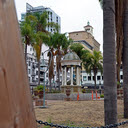 This picture is from my 2014 Route 66 Festival trip. The trip title is accurate, the Route 66 festival in Kingman, AZ, was the target, but it hides the fact that a major component of the trip was a full length drive of the Old Spanish Trail. Not only did I clinch that historic auto trail, I did it in a Mazda Miata which qualifies as the smallest car I’ve ever driven coast-to-coast. The photo is of the trip’s only disappointment. When I reached San Diego with plans to photograph the OST terminus marker, I was shocked to find the park containing it closed and being refurbished. The photo was taken through the surrounding barricades. The disappointment was soon forgotten in a visit with my younger son who lives in a suburb of San Diego. I had visited his older brother in New Orleans on the way out making this one of those rare trips where I am able to see both of my boys.
This picture is from my 2014 Route 66 Festival trip. The trip title is accurate, the Route 66 festival in Kingman, AZ, was the target, but it hides the fact that a major component of the trip was a full length drive of the Old Spanish Trail. Not only did I clinch that historic auto trail, I did it in a Mazda Miata which qualifies as the smallest car I’ve ever driven coast-to-coast. The photo is of the trip’s only disappointment. When I reached San Diego with plans to photograph the OST terminus marker, I was shocked to find the park containing it closed and being refurbished. The photo was taken through the surrounding barricades. The disappointment was soon forgotten in a visit with my younger son who lives in a suburb of San Diego. I had visited his older brother in New Orleans on the way out making this one of those rare trips where I am able to see both of my boys.
After a few days in San Diego, I headed north to finally connect with the road in the title. I picked up Historic Route 66 at its symbolic end at the Santa Monica Pier and followed it to the festival in Kingman. The festival was a good one that included a Road Crew concert and the first (to my knowledge) conference element along with the party. My path home was on Sixty-Six all the way to St. Louis, and included a stop in Santa Fe and an international rock concert at Afton Station.
Just in case anyone is concerned about the mental anguish caused by the missing marker, there is good news. A little more than two years later, I made it back to the reopened park and had a happy meeting with the returned stone.
Trip Peeks are short articles published when my world is too busy or too boring for a current events piece to be completed in time for the Sunday posting. In addition to a photo thumbnail from a completed road trip, each Peek includes a brief description of that photo plus links to the full sized photo and the associated trip journal.

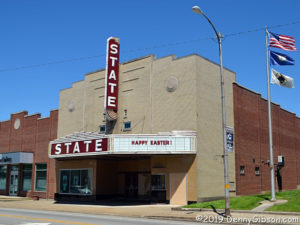
 Today is Easter. I know that because I looked it up on the internet. It was easy. It was easy in the early days, too. Easter was originally simply the Sunday of Passover week. Since most early Christians had once been Jews, they just naturally knew when Passover was. Even those that had converted to Christianity directly from Druidism probably had some Jewish friends they could ask. Easy, peasy. Too easy, it seems, for some.
Today is Easter. I know that because I looked it up on the internet. It was easy. It was easy in the early days, too. Easter was originally simply the Sunday of Passover week. Since most early Christians had once been Jews, they just naturally knew when Passover was. Even those that had converted to Christianity directly from Druidism probably had some Jewish friends they could ask. Easy, peasy. Too easy, it seems, for some.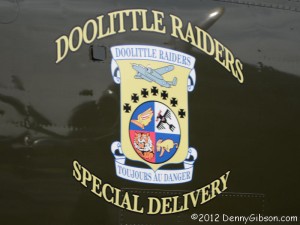

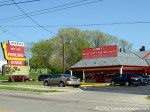

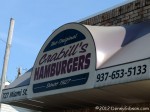
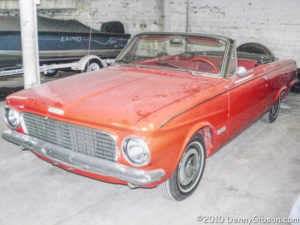
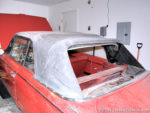
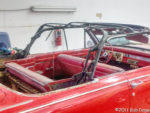
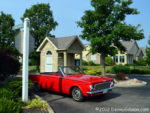
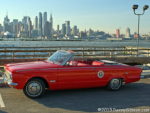
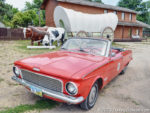
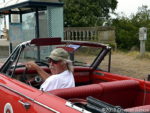

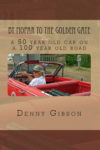
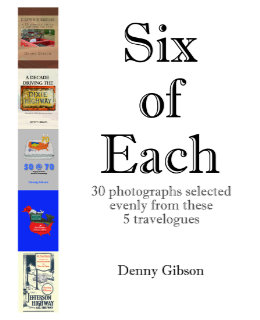 And now for something completely different. Anyone who thought releasing two books within three months might be overdoing it will have no doubts about that being the case when they see another appear a week later. But this is a different kettle of fish. Really. Six of Each is a collection of photographs drawn from the previously published travelogues. Each of those travelogues is available in two forms. There is a black-and-white printed version and a color digital version. Photo-quality color printing is still relatively expensive in the low-volume print-on-demand world. Printing the books in black and white keeps them reasonably priced. On the other hand, color in digital files is free. Offering B&W paperbacks and color ebooks isn’t ideal but it keeps the books affordable and color at least available.
And now for something completely different. Anyone who thought releasing two books within three months might be overdoing it will have no doubts about that being the case when they see another appear a week later. But this is a different kettle of fish. Really. Six of Each is a collection of photographs drawn from the previously published travelogues. Each of those travelogues is available in two forms. There is a black-and-white printed version and a color digital version. Photo-quality color printing is still relatively expensive in the low-volume print-on-demand world. Printing the books in black and white keeps them reasonably priced. On the other hand, color in digital files is free. Offering B&W paperbacks and color ebooks isn’t ideal but it keeps the books affordable and color at least available.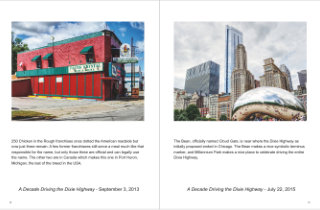 So what I’ve done is pick a half dozen pictures from each of the existing travelogues and combine them in a Blurb magazine. The magazine is only available through Blurb (that’s one of those magazine restrictions) and there is no digital version available (that’s my restriction). It’s also more expensive than it seems a 32-page “magazine” ought to be. But it does let me see what some of my photographs would look like using something besides black ink on stationary paper. And it’s there for anyone else who would like to look.
So what I’ve done is pick a half dozen pictures from each of the existing travelogues and combine them in a Blurb magazine. The magazine is only available through Blurb (that’s one of those magazine restrictions) and there is no digital version available (that’s my restriction). It’s also more expensive than it seems a 32-page “magazine” ought to be. But it does let me see what some of my photographs would look like using something besides black ink on stationary paper. And it’s there for anyone else who would like to look.